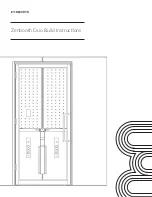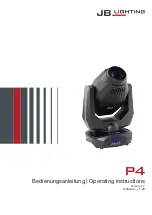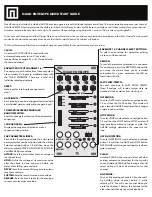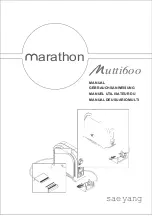
Section 6 Sample measurement
The procedure that follows is applicable to meters that can connect to Intellical pH probes. Refer to
the applicable meter documentation for meter operation and probe-specific settings.
6.1 Sample requirements
N O T I C E
Make sure that the sample type is compatible with the probe, or probe damage can occur.
• Samples must be aqueous. The probe can also make measurements in samples that are not fully
aqueous and in some solvents that dissolve in water. Read the results with caution because the
pH scale changes when the solvent system changes.
• Samples can contain components that react with silver (e.g., TRIS, proteins and sulfides). The
Red Rod tubes protect the probe from interference with such components.
• Proteins can collect on the sensing element. Make sure that the probe stays clean if proteins are in
the sample.
• Do not measure samples that are hotter or colder than the specified operating temperature of the
probe. Refer to
on page 3.
• High purity or low ionic strength (LIS) samples absorb gases from the air that can change the
sample pH. For stable measurements, use an LIS chamber or a flow cell.
6.2 Sample measurement notes
Read the notes that follow before sample measurements.
• Rinse the probe with deionized water and dry with a lint-free cloth between measurements to
prevent contamination.
• If complete traceability is necessary, enter a sample ID and operator ID before measurement.
Refer to the meter manual for instructions.
• The meter automatically saves the measurement data when the user manually reads each data
point and when the meter is set to read at regular intervals. The user must manually save each
data point when the meter is set to read continuously.
• Air bubbles below the sensor can cause a slow response or error in the measurement. Make sure
to remove air bubbles before and during measurements.
6.3 Sample measurement procedure
1.
Collect the
sample.
2.
Open the filling
hole.
3.
Rinse the probe
with deionized water.
Dry the probe with a
lint-free cloth.
4.
Loosen the
sleeve junction. Put
the probe in the
sample with the
sensor and
reference junction
fully in the sample.
Do not put the probe
on the bottom or
sides of the beaker.
10
English
Summary of Contents for PHC745
Page 1: ...DOC022 53 80435 PHC745 05 2021 Edition 2 User Manual ...
Page 2: ......
Page 4: ...Table of Contents 2 ...
Page 24: ...22 English ...
Page 25: ......












































